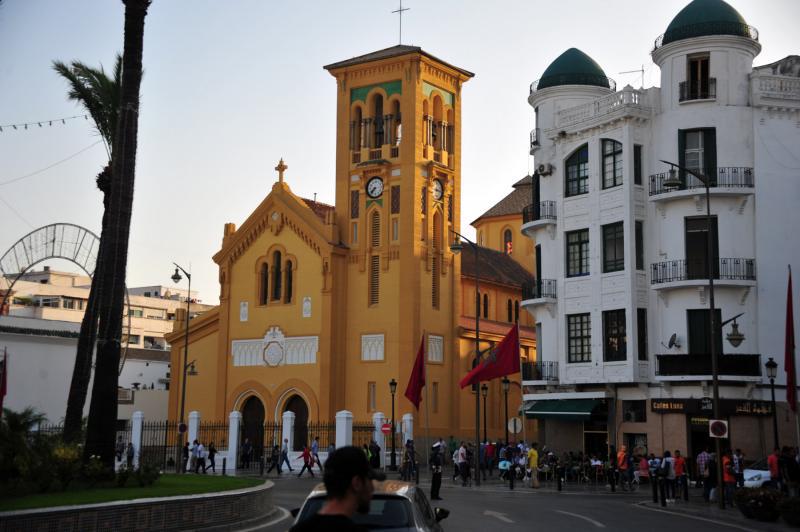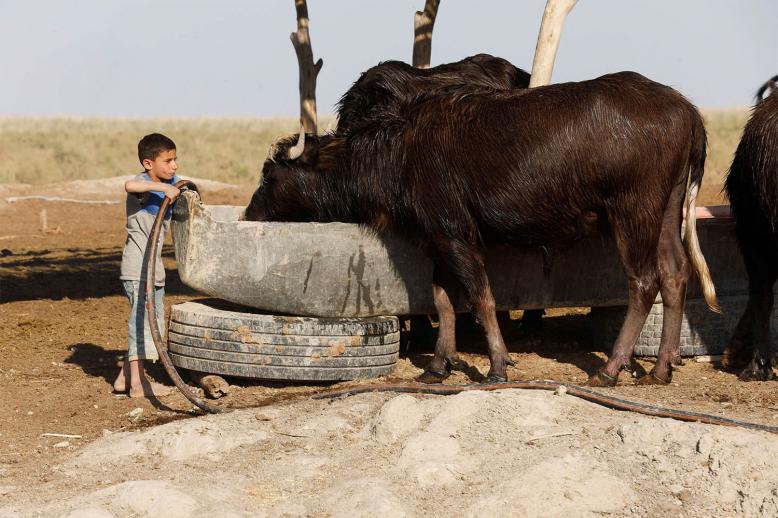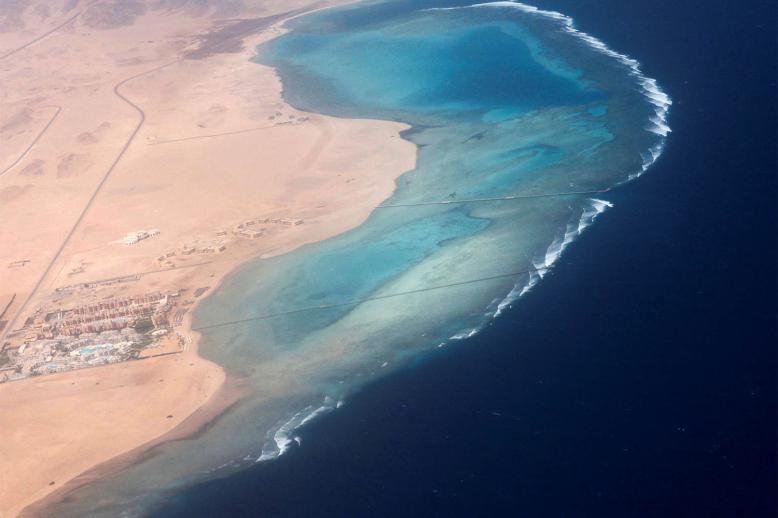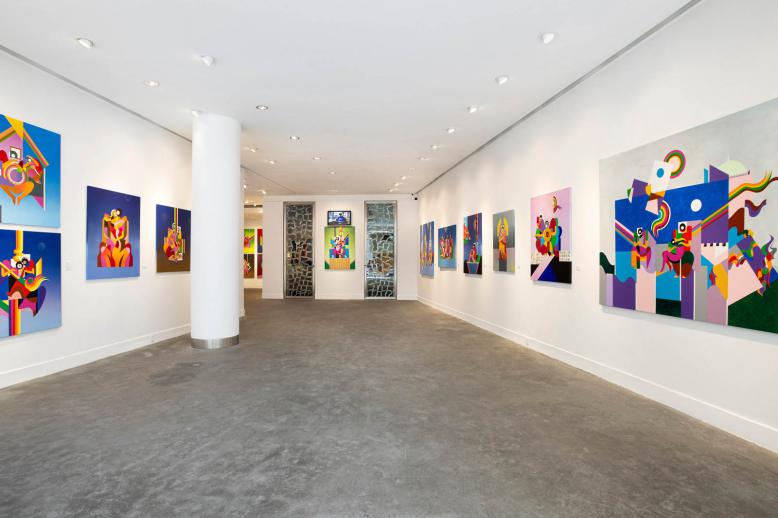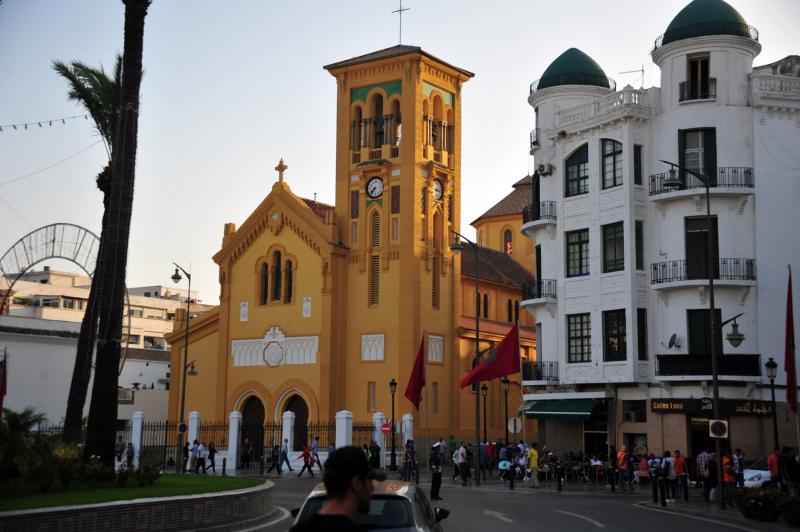Rich history and seaside resorts attract visitors to Tetouan in Morocco
TETOUAN - Called the “white dove,” the northern Moroccan city of Tetouan has seen an outstanding transformation in the last eight years since Moroccan King Mohammed VI’s nomination of Mohamed El Yaakoubi as governor of Tetouan province.
Many areas across the city have been turned into lush greenery with abundant grassy spaces for residents to enjoy.
Tetouan, which is built against a Rif mountain landscape, is a quiet and peaceful city in the winter but becomes one of the busiest tourist destinations in the summer because the province harbours some of Morocco’s most beautiful beaches and seaside resorts. It is no wonder why the king chooses the region as his summer residence almost every year.
For those looking for the sun and fun, there are several public and private sandy beaches in Tetouan province to enjoy. Among the most famous are Cabo Negro and Martil. These two fast-expanding resorts are packed with holidaymakers in the summer thanks to their wide shoreline, cafes, restaurants and hotels.
At night holidaymakers queue up for seats at coffee shops’ terraces opposite Martil corniche’s high street to enjoy the cool breeze off the Mediterranean while others choose occasional dips into the sea to cool them.
The northern coastal town of M’diq, which is 10km from Tetouan, is another highly sought holiday destination thanks to its improving infrastructure and cheap rent compared to other seaside resorts.
During the day, M’diq’s beaches are teeming with beachgoers soaking up the sun.
Eating fish is a must in M’diq and there are plenty of restaurants serving fresh seafood at decent prices. A plate of mixed seafood a la plancha (grilled) costs $7.40 on average. For a stunning view of the bay, indulge in the wide menu of fresh seafood at Olas restaurant at Lala Nuzha-Corniche Avenue.
A festive atmosphere overwhelms M’diq at night with live music on the packed corniche that can be heard kilometres away.
The M’diq marina, which was completely modernised a few years ago, has raised the town’s infrastructure standards thanks to its harbour and commercial shops that added glamour to the area.
A stone’s throw from the marina is the renovated fishing port where waiters at a string of restaurants try to draw in customers. A plate of freshly grilled sardines (16 small sardines for $1.60) is among the most famous dishes.
The northern region is known for its bocadillo, a Spanish sandwich that includes vegetables and tuna, seafood, chicken or red meat. For as little as $2.50 visitors can enjoy a big “special” sandwich with French fries at the busy El Kassri sandwich bar in M’diq that will definitely satisfy anyone’s hunger.
For culture lovers, Tetouan is a must-visit destination thanks to its rich history and heritage, which earned it an inscription to UNESCO’s World Heritage list in 1997.
Tetouan’s well-preserved old medina is a blend of Moorish and Andalusian architecture that gives it a unique mixture of different designs. It is surrounded by an immaculate historic wall and accessed by seven gates.
One of its most famous gates is Bab Errouah, which is to the right of the Royal Palace. Inside the gate are traditional clothing and jewellery shops where customers aren’t subjected to the hassle expected in Morocco’s imperial cities, especially Marrakech.
Many streets and neighbourhoods in the medina have been named after Palestinian cities. At Hay Al Quds in El Mellah — the Jewish quarter — a historic traditional food shop called Si Ahmed is popular with foreign tourists, especially for breakfast.
Well-mannered waiter Mokhtar Raiss, the nephew of shop owner Si Ahmed, said the shop was a Jewish house that was transformed into a food shop in 1963.
“Most of the food is cooked on charcoal. We make sure that our customers leave happy and satisfied,” said Raiss as he courteously served mouth-watering broad beans soup in a tin bowl prepared by his uncle.
Deeper into the medina, the lanes get narrower and darker, giving a sense of a gothic atmosphere.
Near El Mellah, the Grand Mosque is among the most historic mosques and is the biggest in the medina. The decoration of its minaret is the perfect illustration of the Andalusian architecture in Morocco.
What is captivating about the medina is its several Andalusian-style fountains that provide water to houses in the medina besides attracting visitors.
Built with traditional tiles in the middle of the 18th century by the city’s governor, Mohamed Loukache, in front of Bab al-Okla, the fountain is among the medina’s most beautiful fountains.
Outside the medina, the architecture gives the impression of an Andalusian city in Spain, which left its hallmarks during the colonisation of northern Morocco in the first half of the 20th century.
“Espagnol” cinema is one of the surviving theatres in the new town that is still running, resisting the DVD piracy and the digital technology that made access to the latest blockbusters easier.
The central Moulay El Mehdi Square or what was known as Plaza Primo, Cafe de Paris offers an amazing view over Tetouan’s symbol of civilisation and religious co-existence; the Nuestra Senora de la Victoria Church (Church of Our Lady of Victory).
The church’s grandeur is breathtakingly captivating as its mustard colour distinguishes it from the adjacent white buildings.
Saad Guerraoui is a regular contributor to The Arab Weekly on Maghreb issues.
This article was originally published in The Arab Weekly.

